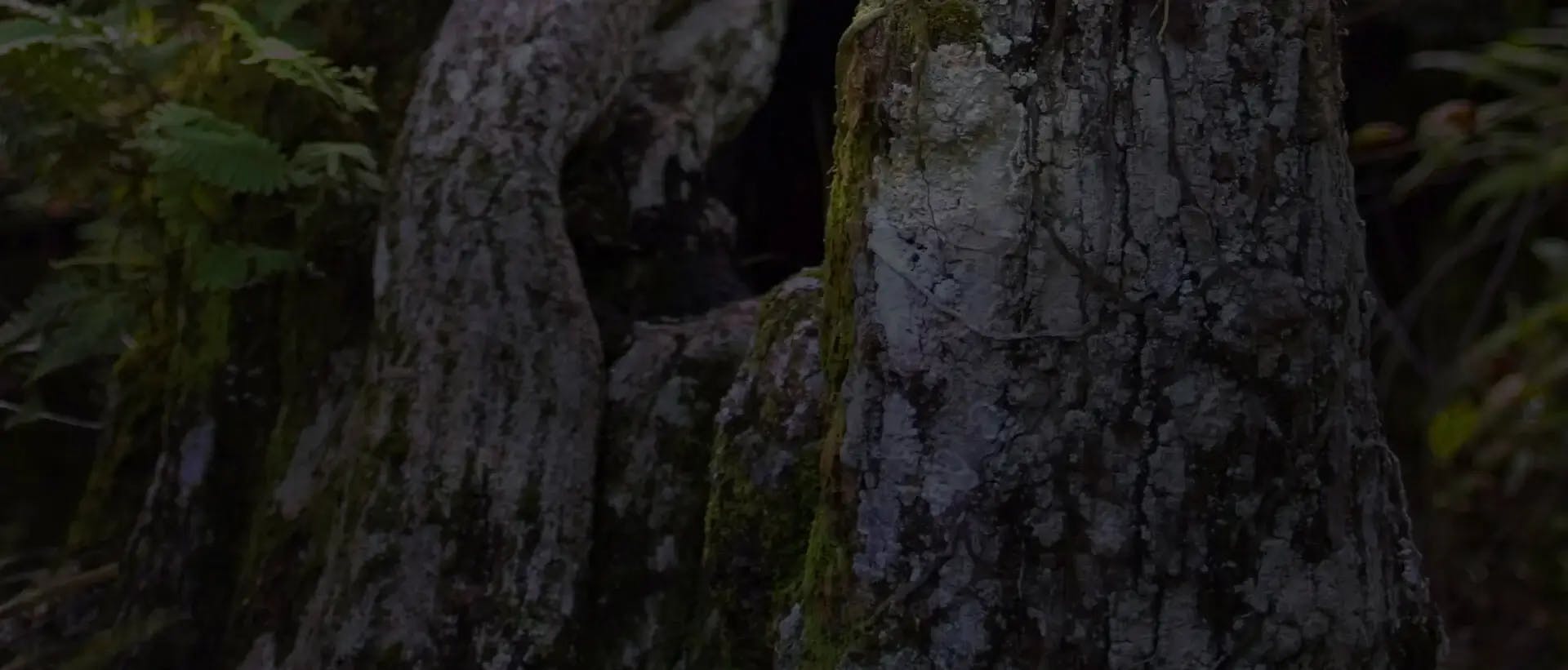
Epiblastus
(pronounced: ep-ee-BLAST-uss)
Classification
Podochileae subtribe Eriinae; allied to Mediocalcar J. J. Smith.
Overview
Trailing, clump-forming epiphytes. Pseudobulbs cylindric, compressed, subtended by persistent bracts. Leaves one, lanceolate, acute. Inflorescences axillary fascicles. Flowers tubular, usually saccate at the base, waxy, usually brightly colored. Sepals and petals subsimilar, subequal, free, spreading. Lip unlobed, ovate, auriculate, subsimilar to the sepals and petals, +/- a pair of small transverse callus. Column short, stout, without wings, with foot; pollinia 8, in two set of eight on two common sets of caudicles.
Etymology
From the Greek epiblastos, meaning sprouting on or again, referring to the epiphytic habit.
Distribution
A genus of about 20 species primarily at high elevations in New Guinea but extending as far as Samoa.
Care and Culture Card
See basic growing conditions and care information below.
Grow plants of Epiblastus in baskets of medium-grade to fine-grade epiphyte mixture. Provide medium light levels, cool temperatures, and regular watering throughout the year. When repotting care should be taken to avoid excessive disturbance of the roots.
Literature
Williams, L. O. 1940. Epiblastus in the Philippines. Philip. J. Sci. 71:113-114.

FREE ACCESS: Orchid DealWire
Get notified when orchid vendors have special promotions and exclusive savings.






